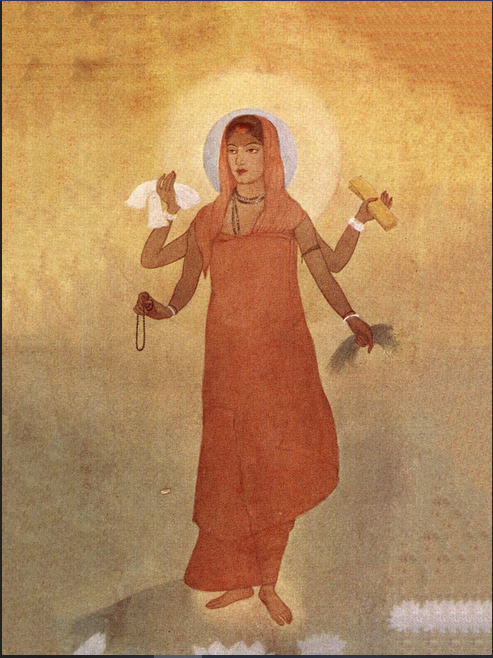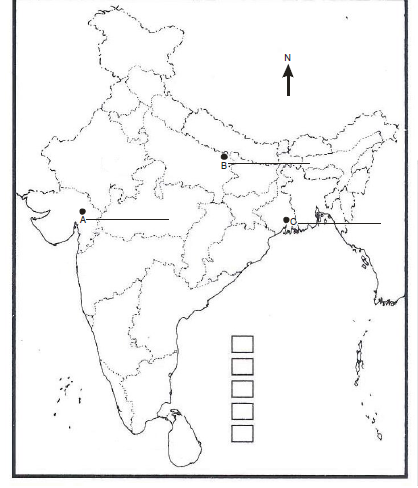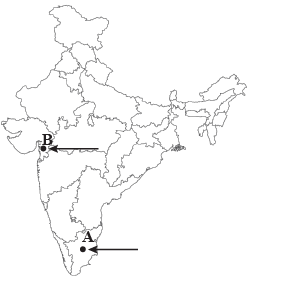Locate and label the following places on the outline map of India
Champaran- The place where the movement of Indigo Planters took place.
Ahmedabad - Where Gandhiji fasted for the demands of Mill Workers
Kheda - Gandhiji organizes Satyagraha for revenue cancelation of farmers



